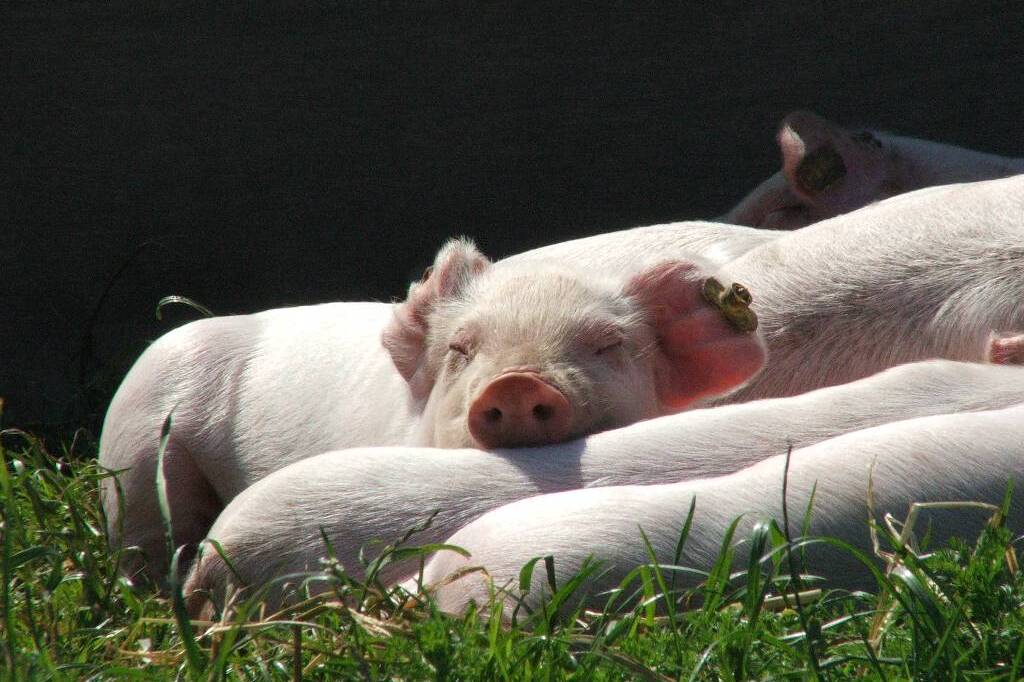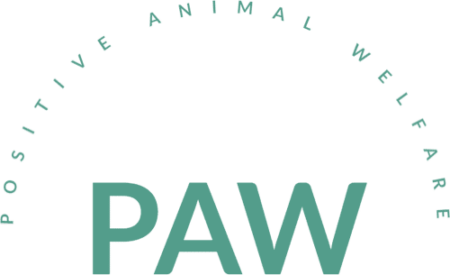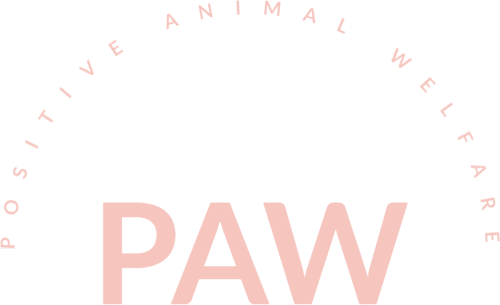Animal happiness
If we accept animals experience negative emotions, why not accept animals experience happiness?

Ideas on the nature of human happiness have been debated at least since ancient Greece. More recently human psychology has developed concepts of human happiness that often overlap with philosophical thinking. For example the contribution of hedonia (feeling good through pleasure) versus eudaimonia (doing good by finding meaning in life) to human happiness.
An influential paper on positive welfare (Yeates and Main, 20081) starts by quoting Alexander Pope on happiness ‘O Happiness! Our being’s end and aim!’. Yeates and Main suggest using positive human psychology as a starting point for thinking about happiness in animals. They propose that there are animal equivalents for the categories used to study human happiness (see Figure ). Interestingly Yeates and Main propose that as with humans, happiness in animals could span from hedonic aspects (e.g. pleasant sensations) through to more complex eudaimonia concepts such as animals realising their goals through expression of their motivations.
| 'Human happiness' (Seligman et al., 2005) | 'Animal happiness' (Yeates and Main, 2008) |
|---|---|
| A 'pleasant life' (feeling good) | Everyday pleasant sensations ('liking') |
| An 'engaged life' (doing good) | Engaging with their environment, other animals (including humans) |
| A 'meaningful life' (doing good) | Realising goals (motivation) |

In a paper devoted to the concept of animal happiness, Laura Webb and others2 also build on the study of human happiness by suggesting that animal happiness is the balance of positive and negative affective experiences over time. They propose that animal happiness is different to emotions and moods being longer-term and less variable. Unlike with humans, they suggest animal happiness is entirely based on an overall balance of affective experiences without cognitive comparisons.
These ideas on animal happiness are clearly relevant to PAW although there is a need for supporting experimental evidence. They also overlap with another important PAW concept – animals living a good life.
References:
1. Yeates, J. W., & Main, D. C. J. (2008). Assessment of positive welfare: A review. The Veterinary Journal, 175(3), 293–300. https://doi.org/10.1016/j.tvjl.2007.05.009
2. Webb, L. E., Veenhoven, R., Harfeld, J., & Jensen, M. (2018). What is animal happiness? Annals of the New York Academy of Sciences. https://doi.org/10.1111/nyas.13983

